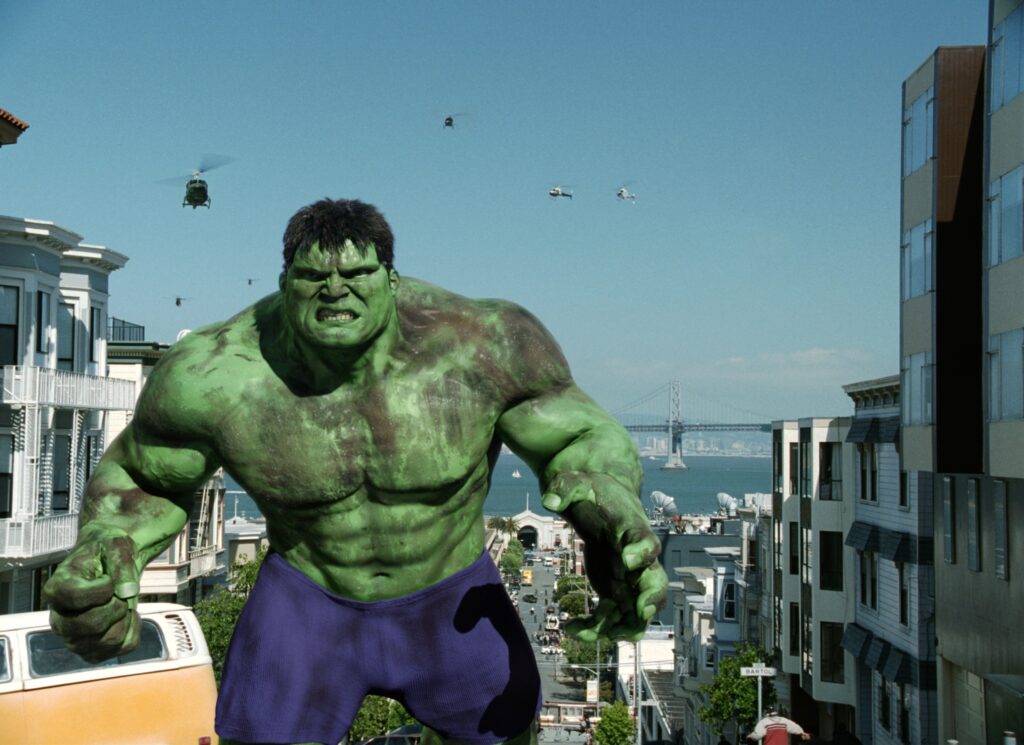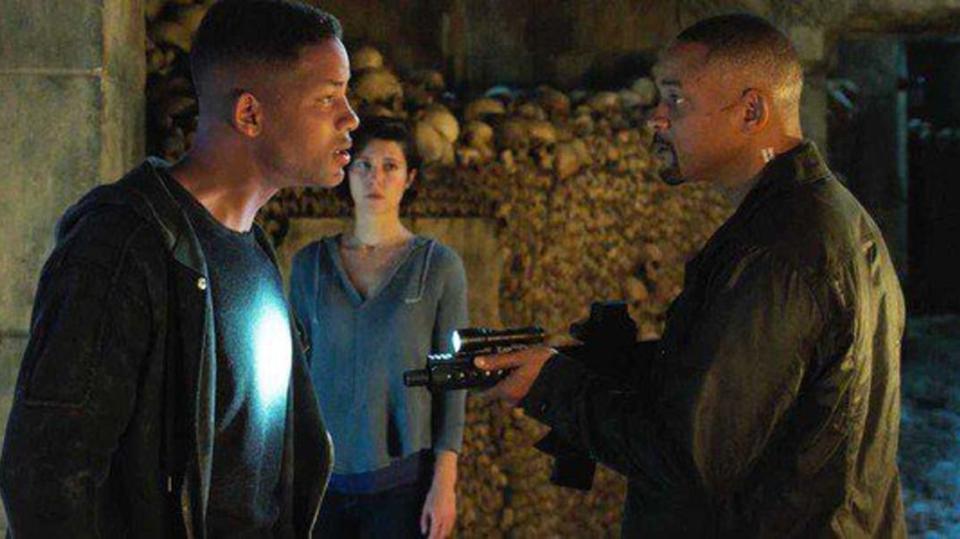From the Vault: Hulk, 20 Years Later

[EDITOR’S NOTE: In 2003, long before MovieManifesto.com existed, I spent my summer as a 20-year-old college kid writing as many movie reviews as I could. My goal was to compile them all into a website, possibly hosted by Tripod or Geocities, which would surely impress all of the women in my dorm. That never happened—neither the compiling nor the impressing—but the reviews still exist. So, now that I am a wildly successful critic actually have a website, I’ll be publishing those reviews on the respective date of each movie’s 20th anniversary. Against my better judgment, these pieces remain unedited from their original form. I apologize for the quality of the writing; I am less remorseful about the character of my 20-year-old opinions.]
The Hulk is perhaps the first comic-book adaptation that could ever be labeled pretentious. What we have here is not your run-of-the-mill, formulaic action flick in which exposition takes a back seat to explosion – far from it. Instead, acclaimed director Ang Lee brings us a film that generally forgoes action, alternatively attempting to present a more stylish, sophisticated picture. He endeavors mightily to create complex characters and place them in an emotionally involving story. It’s an admirable effort, and it’s encouraging that Lee refuses to be bound by the usual confines of the genre. But he fails. And when someone with the cinematic stature of Ang Lee fails, he fails hard.
The problem with The Hulk is that it lacks a center. There is no focal point, no pivot upon which we can focus our attentions and concerns. Lee is so fixated on style and uniqueness that he overlooks his characters, none of whom is nearly as well-developed as he pretends. Thus, as the machinations of the storyline unfold, we are not intrigued but isolated, hopelessly disconnected from the film’s events. This, combined with a plodding pace, render the movie a lackluster journey that struggles just to keep our interest. Read More

